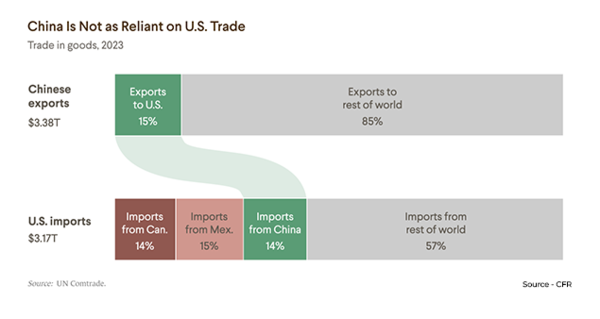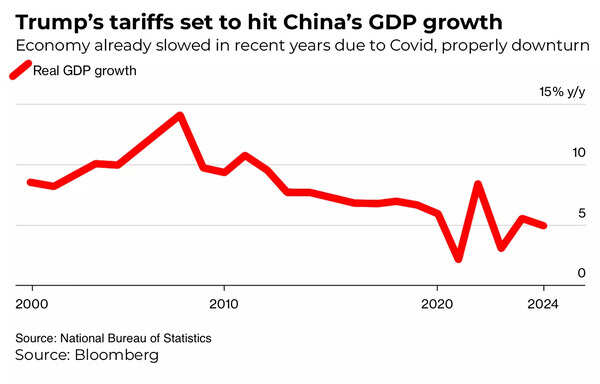The direct hit from tariffs introduced by Donald Trump’s administration on India could shave off between 0.2-0.5 percentage points from GDP growth, the country’s Finance Secretary Ajay Seth said on Wednesday (April 23, 2025).
“Now there is a sign of that…we grow about 6.5% in the current year,” said Mr. Seth, speaking at a Hudson Institute event on the sidelines of the Spring Meetings of the International Monetary Fund and World Bank in Washington.
“Second order (effects) would be important,” said Mr. Seth, referring to concerns that trade turmoil would slow global growth.
He added that he expected potential growth rate of around 7% could be achieved over the next decade, though India needed to expand its economy at a rate faster than that to achieve its ambitious longer-term targets.
Mr. Seth also said that the delegation from India was in town for further negotiations on trade with the U.S. administration, though he declined to giver further detail on what meetings were planned.
Published – April 24, 2025 01:24 am IST






































